AUCKLAND CASTLE WING EXTENSION
MAY 2019
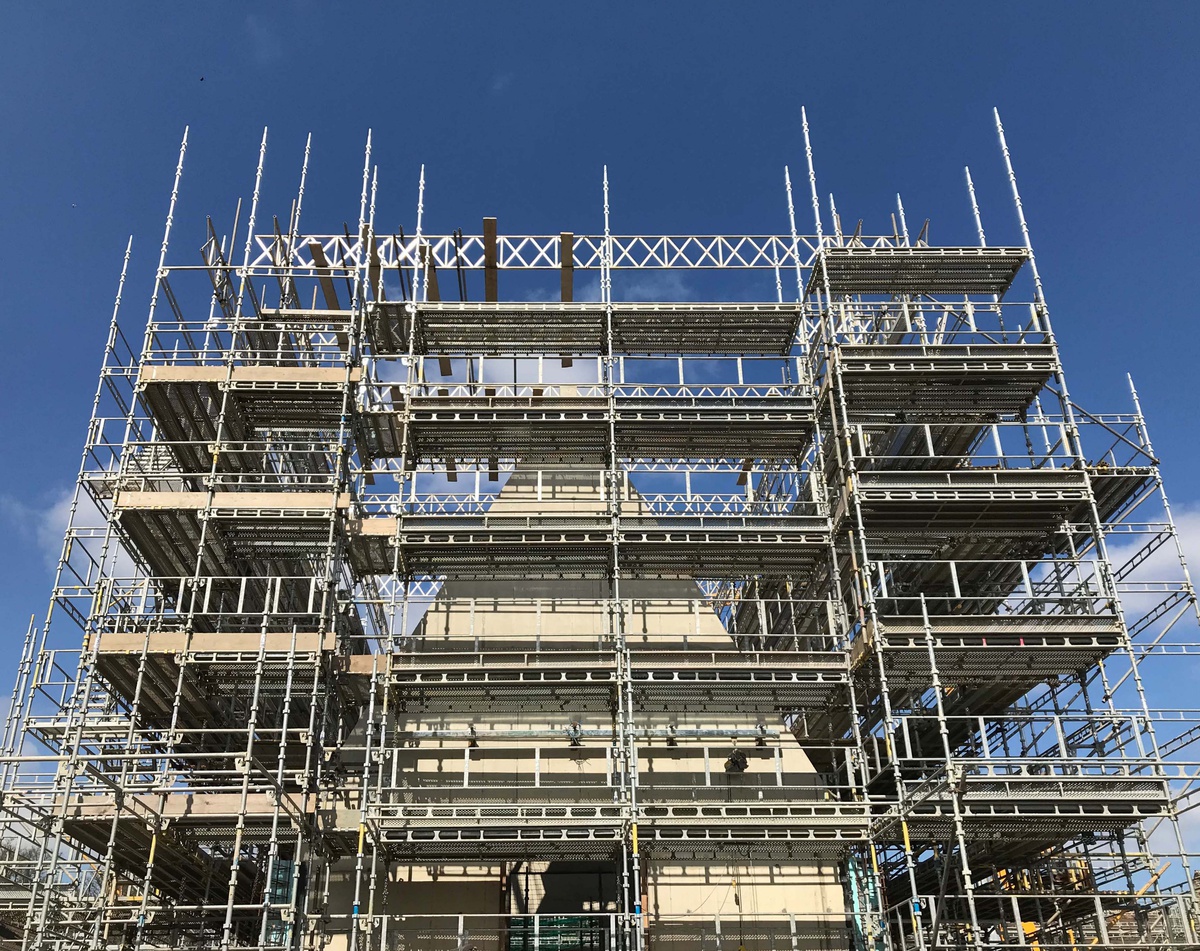
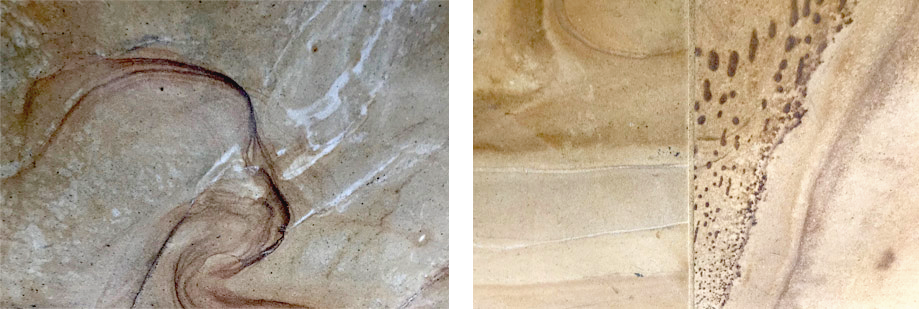
Following the completion of the Auckland Tower, the Faith Museum is our second project at Auckland Castle and is an extension to the Grade I listed Scotland Wing. Unlike its vertical sister, which wears its expressed timber structure on the outside, the Faith Museum is singular and monolithic in its appearance, forming a continuous horizontal stone edge to an enclosed courtyard. Cop Crag sandstone, local to the north-east of England, is the external treatment for the roof, walls and weatherings of the building. Far from being homogenous, the stone is alive with natural variation which ranges from delicate lacy swirls to something resembling animal markings.
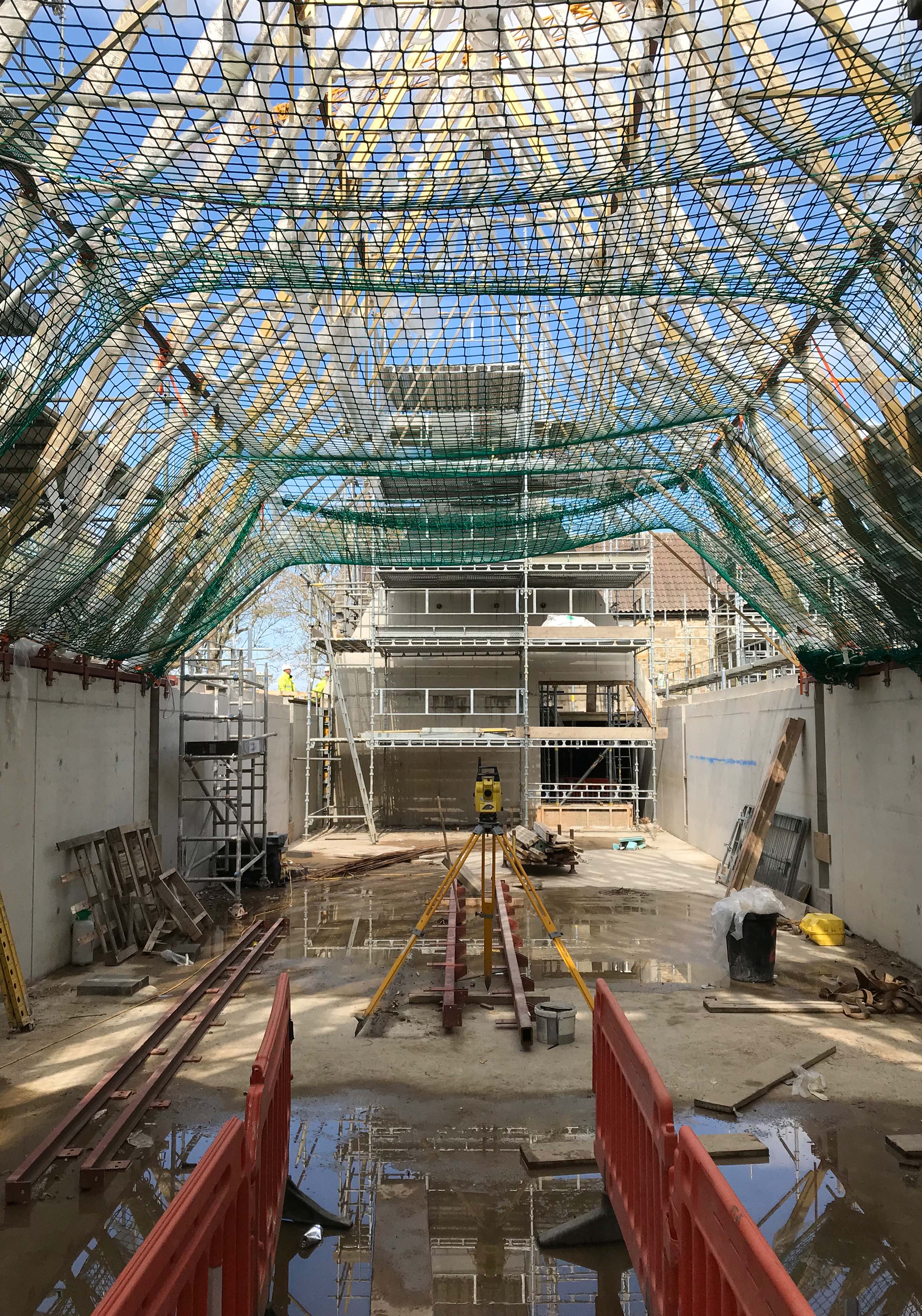
The principal internal space is a 9.5m tall gallery which follows the steeply pitching roof form, supported by a procession of closely-centred fine metal trusses. The Museum is largely inward-looking, borne of its intended purpose for contemplation and preservation of religious artefacts. This provides further enjoyable contrast and conversation between our two buildings in how they seem to view one another: the Tower’s expansive 360˚ views offering a full appreciation of the Faith Museum in its entirety as begins to take form, whilst the introspective Museum offers the only the slightest peek of its neighbour over the wall.
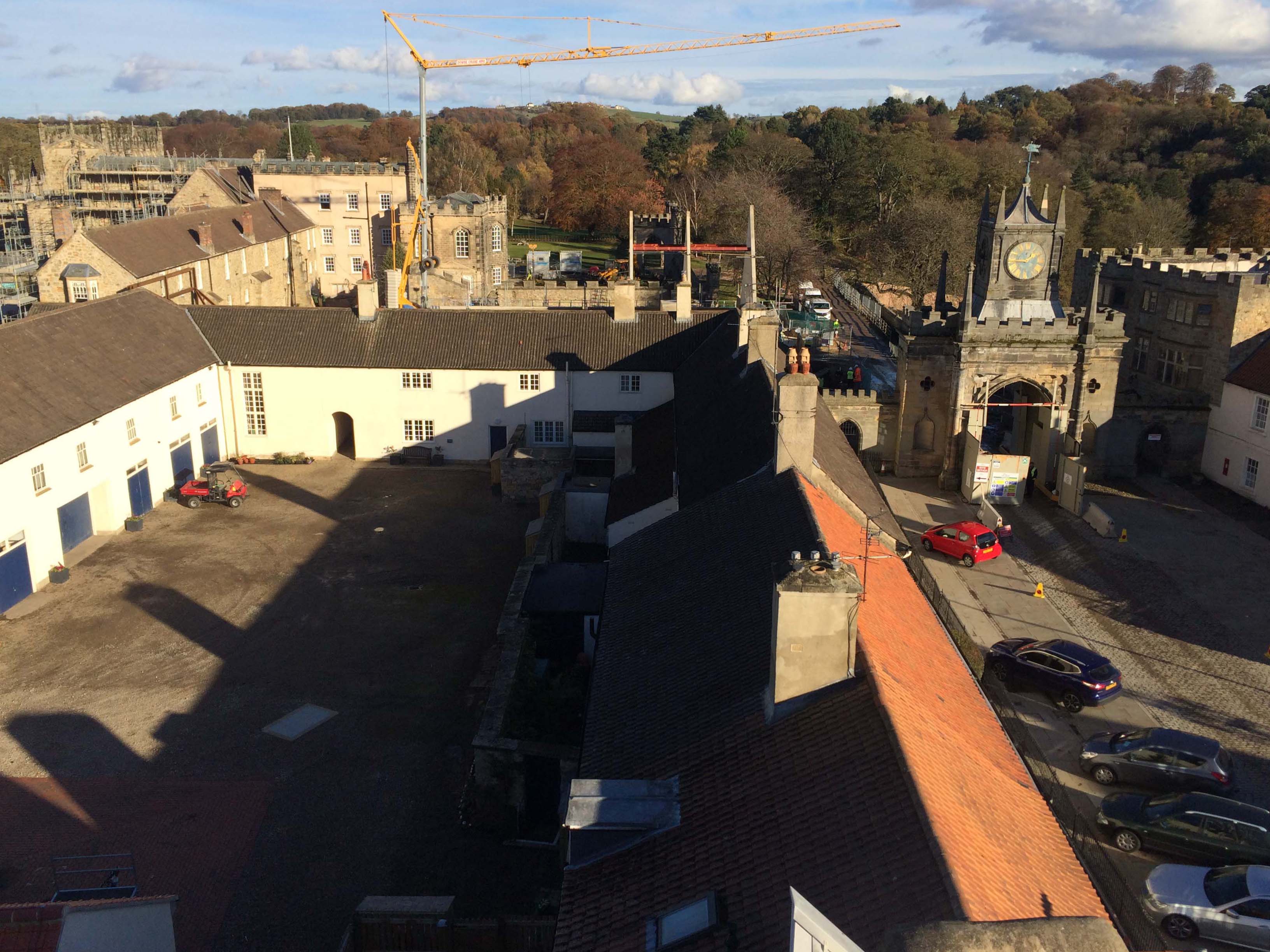
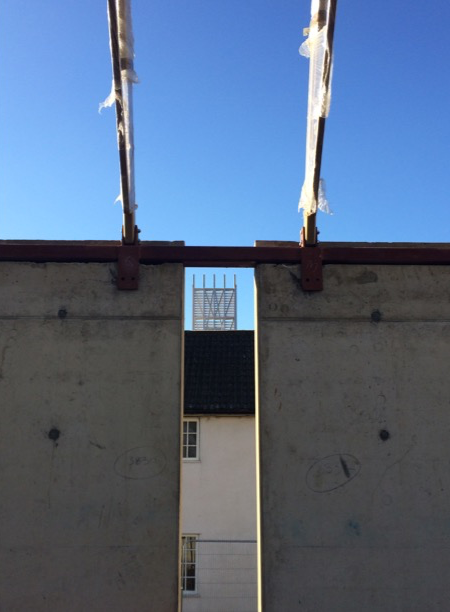
CAMDEN GOODS YARD
DECEMBER 2017
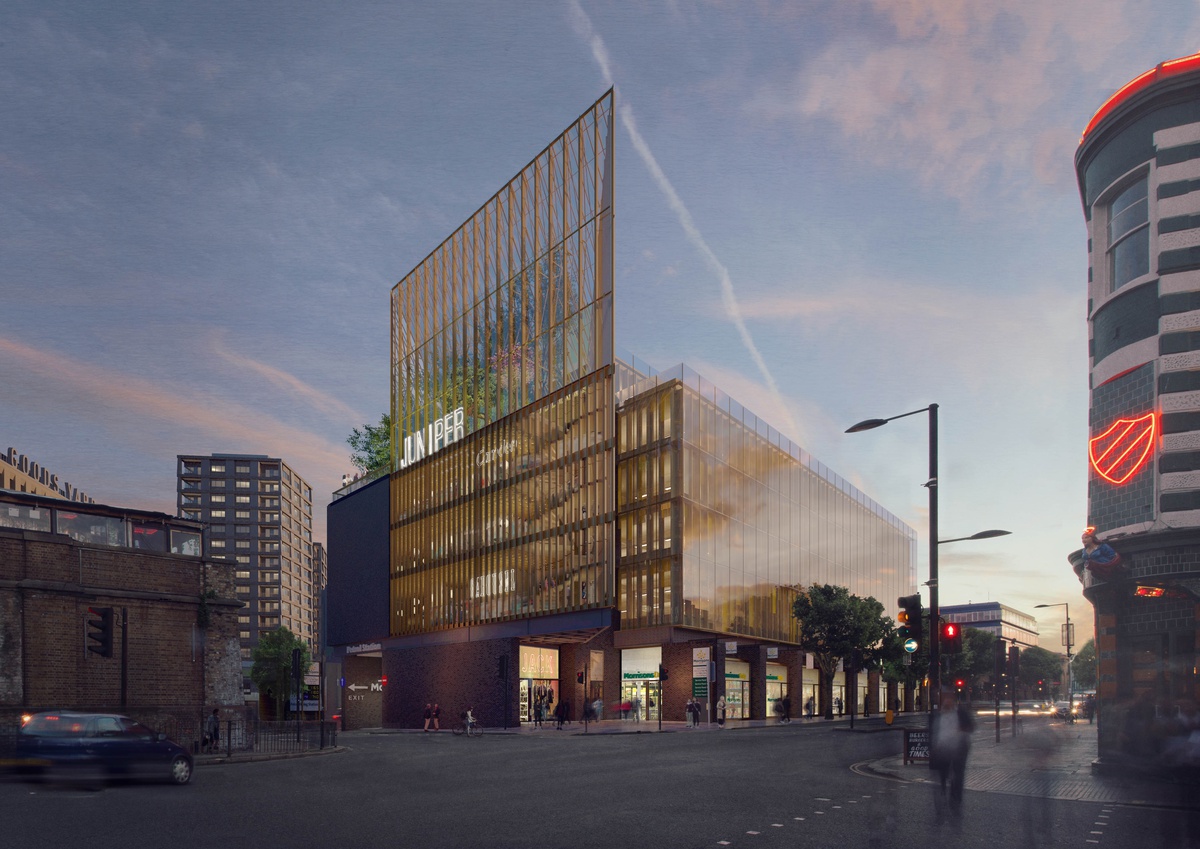
Camden Council granted planning permission to Camden Goods Yard at the end of November, voting unanimously in favour of the scheme. The extensive development reinvents an existing Morrisons supermarket and car park on Chalk Farm Road and in close proximity to the Roundhouse and Camden Locks. The project will deliver 573 new homes of mixed tenure, including nearly 40% affordable homes.
Niall McLaughlin Architects designed the mixed-use building marking the main point of access to the Camden Goods Yard site off Chalk Farm Road. It incorporates an existing petrol filling station into a mixed-use building that accommodates workspace alongside retail, a cafe, restaurant and winter garden.
The shop units are placed between heavy brick piers with riveted steel beams above, referencing the language of the ‘Great Wall of Camden’ that once stood in its place and the historic industrial structures nearby. At the corner, the building is a celebration of public activity, enlivened by the inhabitants of its cafes and restaurants, and a winter garden at the top level. The adjacent office accommodation has a vitreous and delicate outer facade with a layered and dynamic inner skin offering depth, texture and changing transparency.
The project is a collaboration with Allies and Morrison, who are the overall masterplan architect and, together with Piercy & Company, designers of the individual buildings.





